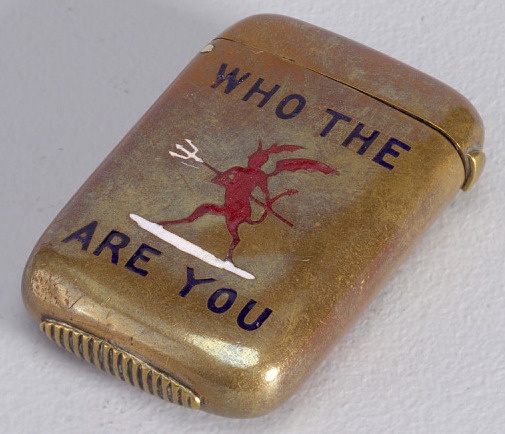The analysis of a rebus differs to a substantial degree from the analysis of work in other formats. Rebuses occupy an interesting niche between puzzles and art pieces and, as a result, lend themselves to both subjective and objective examination. To elaborate, when one attempts to “solve” a rebus to uncover the intended message, one must interpret the iconography and symbolism present in a manner that is intrinsically subjective. For instance, a rebus that presents the element of a ball followed by the text “-b” with the intention of prompting the viewer to come to the word “all” (“ball” minus the “b” is “all”) presupposes that the viewer is able to identify the element as a ball in the first place.
Consider the following: when one writes, one is also reading, and when one reads, it may influence their further writing. Similarly, when one works to solve a rebus, one must view or otherwise take in the rebus, and when studying the aesthetics or other curiosities of a rebus, one may grow nearer to solving the rebus. It’s a situation where in one case, an individual intrinsically performs two actions together, where in the other, an individual performs one of those actions, which may spark the other action.
Rebuses in a sense, to be frank, almost spit in the face of the Barthesian death of the author. While it is possible to solve a rebus without consciously thinking about the relationship between the rebus and its creator, true to the puzzle-like aspect of rebuses, the creator has an intended solution for the rebus. Especially in the case of more visual and artistic rebuses, this creates a situation where, short of simply looking at the rebus as an aesthetically pleasing object, one must interact with the creator in some manner. In other words, it is certainly difficult, if not outright impossible, to completely divorce the creator of a rebus from the rebus: due to their puzzle elements, rebuses aren’t able to exist in a vacuum the same way, for instance, a painting can.
In any case, one could argue that through different means of interpretation, a rebus could be solved in multiple manners, especially if more ambiguous in nature. A rebus that reads “who the [picture of a horned figure] are you?” could be interpreted as “who the devil are you,” “who the hell are you,” and other, equally valid phrases. Even then though, the interpreter is seeking a solution to the rebus, which is at least somewhat in line with would normally be authorial intent.

Assuming rebuses are truly a sort of intermediary between picture and puzzle, one might ask: is it possible to solve the average painting? Is it possible to critically or artistically interpret the average puzzle?